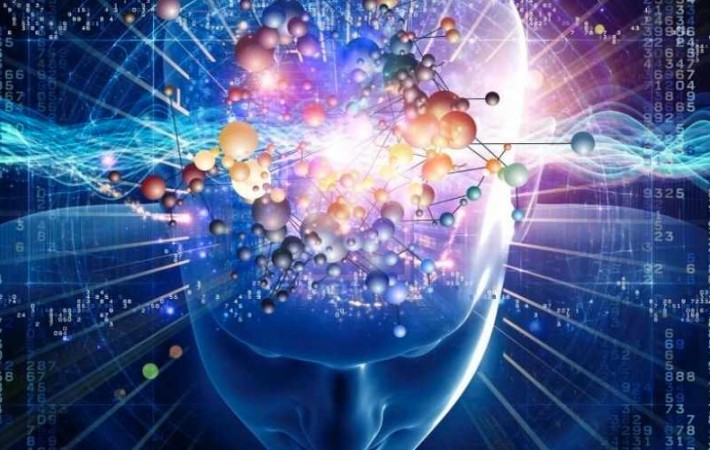The new paradigm
In 1900 Max Planck discovered a measurement of energy known as the “Planck postulate” stating that energy could only be emitted in quantized quantities called quanta photons. This mathematical discovery gave rise to quantum theory and Albert Einstein’s Laws of Relativity.
Albert Einstein’s exploration of ‘Planck’s postulate’ revealed that sub-atomic matter does not follow the mechanistic laws described in Newton’s analysis of the physical world. This has had both scientific and philosophical implications; changing how we view the world and our role as human beings.
In Newton’s mechanistic world, everything is part of a machine and we are cogs. Therefore, as machines are thrown away when they get old, so too, we are dispensable. This point of view has influenced our life view and destiny for centuries. The discovery of quantum mechanics has overturned our understanding of nature and the role humans play in the order of the universe.
In the world of quantum physics and sub-atomic matter consciousness has become a major player. Researchers have found that the presence of a human being, in this instance a physicist, influences the outcome of every experiment. Therefore consciousness could no longer be removed from the equation. In the world of energy or subatomic matter, what you think changes the results of the experiment. (Geller & Greenberg, 2012, Schurlock-Durana, 2003). Physicists have performed what are called “Entanglement” experiments using ‘Random Event Generators’ proving that even the contents inside sealed containers are modified by thought. This signifies that, what you think matters!
For our purposes here, it is important to state that physics has proven that we are players in the outcome and wellbeing of the universe. On a microcosmic scale, this implies that, we are determinant in the outcome of our personal lives.
At the same time that physics was discovering the implications of ‘Planck’s postulate’, psychiatrists, such as Carl Jung, were noting our connection to each other. Jung presented a work on synchronicity in 1951 at an Eranos Lecture in Switzerland following discussions with Albert Einstein and Wolfgang Pauli. Jung began to believe that there were parallels between synchronicity and aspects of quantum mechanics and Einstein’s Theory of Relativity (Jung, 1972). All branches of scientific inquiry began revealing our interconnectedness or ‘entanglement’.
Another point I would like to underline is that linear time is a perception, but not a reality, proven by Einstein’s ‘Theory of Relativity’. It is important for us to remember this as we begin understanding and developing presence. Even one encounter, a brief moment can deeply touch an individual and change a lifetime. As therapists, our concept of time is especially important when working, especially with certain populations of clients or patients, such as in hospice.
Technological developments in neurological investigation, such as the MRi, are verifying the incredible neuroplasticity of the brain (Geller & Greenberg, 2012, Hanson& Mendius, 2009). Our experiences stimulate the growth of neurons and increase synapsis along those pathways. These are reinforced by repeated usage or similar experiences, be they physical or emotional. Repeated thought patterns reinforce and increase the formation of neurological pathways. Studies show how our social environment, beginning with the style of ‘attachment’ as babies, can stimulate or retard healthy brain growth (Levine, 2010). Our brains are constantly transforming due to these life experiences.
Neurology, biology, and psychology are finding that we can learn to use our thoughts creatively, therefore mastering new capabilities and transforming our consciousness. In daily life there are huge benefits for training the brain, but as therapists, we have a moral obligation to develop this capability.
Recognizing this knowledge is fundamental for the exploration of presence (also therapeutic presence). It implies that, at all times, it matters what you think. How we think influences the outcome of all relationships, including therapy and is beneficial for your own personal wellbeing. This signifies that, it is imperative that we learn to focus and control our thoughts. We are interconnected to everything in the universe.
This could be called quantum physic’s definition of “ presence” .



